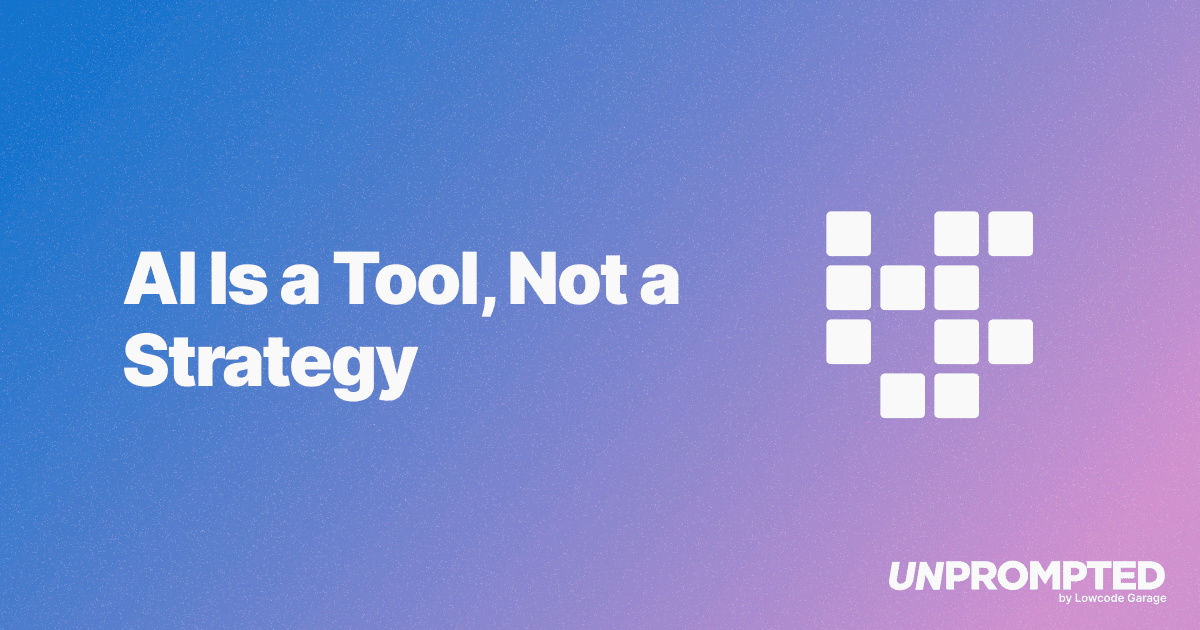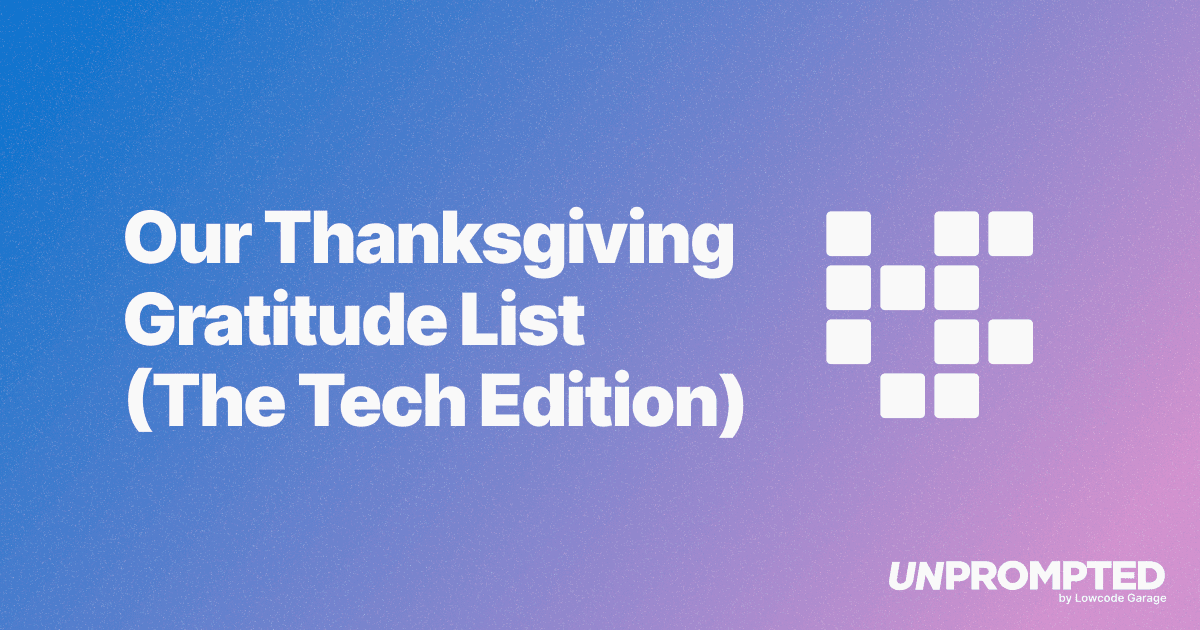The Ghosts of Workflows Past
Nostalgia meets innovation: A cautionary tale about manual workflows vs. AI automation in modern business.
If I had then what I have now…
A nightmare from Julia's professional past showed up this week — unprompted. The kind you don't keep to yourself. We figured if it haunted us, it might haunt you too. So here it is:
The other night, I was visited by a ghost.
Not the sheet-over-the-head kind. This one wore a sensible Patagonia vest, held a heavily marked-up printout in one hand, and a half-finished iced coffee in the other — probably his third of the day. He looked just like my old managing director.
The ghost said nothing — just handed me the deck.
And suddenly, I was back there:
Cranking through changes in the middle of the night.
Toggling between PowerPoint and Excel like my life depended on it.
Praying the charts wouldn't break.
Texting Rhonda at the print shop at an ungodly hour to fire up the laminator and keep the binder hot.
This haunting wasn't supernatural.
It was muscle memory.
This ghost didn't say a word — but he brought me straight back to my old workflows.
Scene One: The Print Shop Years
We land in 2013. I'm fresh in my finance career.
It's 2:00 AM, and I'm standing in the copy center, my laptop overheating, my eyes bloodshot, waiting for Rhonda to finish binding yet another stack of investor pitch decks. (And yes, for visual reference, I am wearing an ill-fitting pencil skirt.)
Rhonda, the night shift MVP and my personal savior, knew how to coax life out of jammed laminators.
Everything was manual.
- Performance data was copy-pasted into Excel, updated line-by-line, double-checked against PDFs and backup files.
- Boilerplate responses to RFPs were stored in a 400-page Word document that had been edited by at least seven different people across three calendar years.
- Even updating team headshots meant digging through folders, resizing JPEGs, and nudging boxes in PowerPoint like you were defusing a bomb.
PowerPoint was our battlefield, and the only automation we had was… hope.
Scene Two: Startup Déjà Vu
The ghost fast-forwards a few years.
We've moved into tech, working at a startup, now leading marketing and doing whatever miscellaneous tasks the company needed me to do to stay afloat.
Different role. Same deal.
Each time we targeted a new customer segment, the cycle began again:
Create new messaging. Design a new landing page. Write a new email flow. Spin up new sales collateral. Post something on social media in the hopes it goes viral.
Everything took time.
Everything had friction.
We weren't building on top of our work. We were rebuilding from scratch — every single time.
It wasn't scaling. It was survival.
Scene Three: What Could've Been
And then the ghost shows a final image:
Not a memory, but an alternate reality.
What if I had then what I have now?
Suddenly, things look very different.
RFP responses pull instantly from a structured knowledge base.
Decks are updated with live data, no manual touch required.
Email flows are generated based on intent signals, tailored to each customer.
Landing pages spin up in minutes — and they're good.
Personalized sales messages are A/B tested at scale, written by a machine that never burns out.
What once took weeks now takes minutes.
What once needed Rhonda, caffeine, and panic now just… runs.
The Point of the Haunting
We rarely realize how inefficient our systems are while we're still stuck inside them.
Only in hindsight — or with the benefit of new tools — do we see how much time we were wasting.
And that's the thing:
AI isn't a novelty. It's a shift in how we work, scale, and operate.
So here's your haunting:
Take a hard look at your day-to-day.
If you're still formatting slides manually, repackaging messaging from scratch, and working late to clean up spreadsheets…
Then maybe you're still living with the Ghosts of Workflows Past.
And maybe — just maybe — it's time to burn some sage and let them go.
Frequently Asked Questions
Continue Reading

AI Is a Tool, Not a Strategy
Henry Kravis reminds us that AI is a productivity tool, not a strategy. Strong management, cultural fit, and operational fundamentals still determine whether businesses succeed or fail.

Four AI Conversation Starters (To Avoid Holiday Small Talk)
Four timely AI conversation starters covering federal vs state AI regulation, Opus 4.5 capabilities, physical AI in construction, and Michael Burry's bet against Nvidia—perfect for surviving holiday small talk.

Our Thanksgiving Gratitude List (The Tech Edition)
Discover the AI tools transforming how we build products at Lowcode Garage. From publishing content with Claude Desktop to building prototypes in weeks instead of quarters, here's our Thanksgiving gratitude list for the tech that makes it all possible.